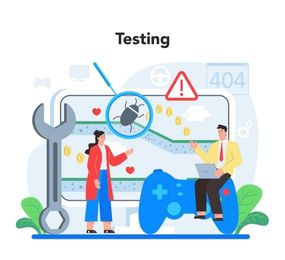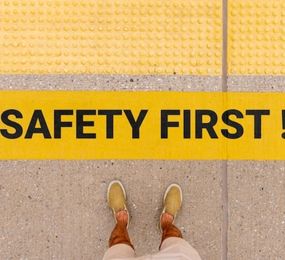ISO 26262, the international standard for functional safety in road vehicles, is a complex document that provides a comprehensive framework for developing safe automotive systems. While understanding the overall structure of the standard is essential, delving deeper into specific clauses is crucial for effective implementation. This article explores key clauses of ISO 26262, providing insights into their significance and challenges.
Part 1: Foundation and Risk Assessment
-
Clause 4: Product Development at the System Level: This clause outlines the overall product development process, emphasizing the importance of early safety considerations.
-
Clause 5: Product Development at the Hardware Level: Focusing on hardware components, this clause addresses issues such as component selection, fault tolerance, and diagnostics.
-
Clause 6: Product Development at the Software Level: Covering software development, this clause emphasizes safety-related software architecture, coding standards, and testing.
-
Clause 7: Product Development at the Hardware-in-the-Loop and Software-in-the-Loop Level: This clause details the integration of hardware and software components for testing and validation purposes.
-
Clause 8: Production and Operation: Addressing production processes and vehicle operation, this clause covers topics such as change management and maintenance.
-
Clause 9: Support Phase: This clause outlines the requirements for supporting the vehicle throughout its lifecycle, including fault diagnosis and repair.
-
Clause 10: Product Safety Assessment: This clause focuses on the overall assessment of product safety, including risk analysis and management.
Part 2: Detailed Requirements and Processes
-
Clause 11: Project Management: This clause provides guidelines for project planning, resource allocation, and risk management.
-
Clause 12: Product Development Planning: Outlining the development process, this clause addresses safety requirements, system architecture, and development plans.
-
Clause 13: Product Design: Covering system, hardware, and software design, this clause emphasizes safety-related design principles.
-
Clause 14: Product Validation: This clause details the verification and validation activities to ensure product compliance with safety requirements.
-
Clause 15: Production and Change Management: This clause addresses production processes, configuration management, and change control.
-
Clause 16: Product Safety Management: This clause covers safety-related activities throughout the product lifecycle, including incident investigation and corrective actions.
Deep Dive into Specific Clauses
This article provides a high-level overview of key ISO 26262 clauses. To gain a deeper understanding of specific requirements and challenges, it is essential to focus on individual clauses and their implications for different vehicle systems and components.
Example: Deep Dive into Clause 10: Product Safety Assessment
-
Detailed explanation of risk analysis techniques (e.g., FMEA, FTA)
-
Practical examples of risk assessment for different vehicle systems
-
Challenges in defining safety goals and safety requirements
-
Risk management strategies and mitigation measures
By conducting in-depth analyses of specific clauses, automotive engineers and safety professionals can gain valuable insights into implementing ISO 26262 effectively and ensuring the safety of their products.
Register today to secure your spot, please check here: https://bit.ly/3zH7AKk
For more information and group participation, contact us: [email protected]
















